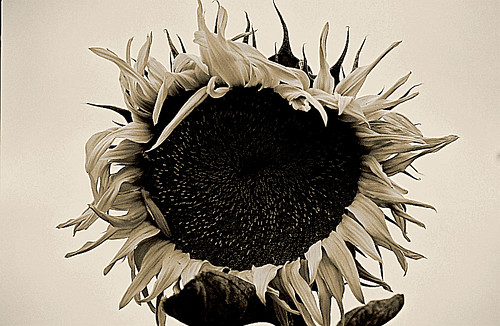A great advance has just been made in using film as well as digital technologies.
I bought a Canon that did seem nicely made and which the friendly sales person assured me
had been a well regarded EOS slr in its day.
Several days of research and three rolls of film later I'm really pleased with the fineness of the
effect the Canon RT camera ensures. For anybody interested in the history of cameras there are plenty of sites that explain
how the use of a fixed pellicle mirror means a shutter speed that was astonishing in 1989, the date it was launched.
It is very like the EOS 630, which became much more popular, but although I don't shoot sports events, and probably won't
get the best use out of my new gem, the fixed mirror means that flower macros should be very clear and sharp as there is no
mirror slap to cause the slightest ripple.
This has been a steep learning curve as, at last I took bracketing by the horns and set the camera to take
three photos in a row, forgot how to undo it and so found myself with the machine having taken over for a while.
However, it got sorted out and photos of architectural details in particular are very pleasing.
There's a link in the title bar to the photos uploaded so far.







